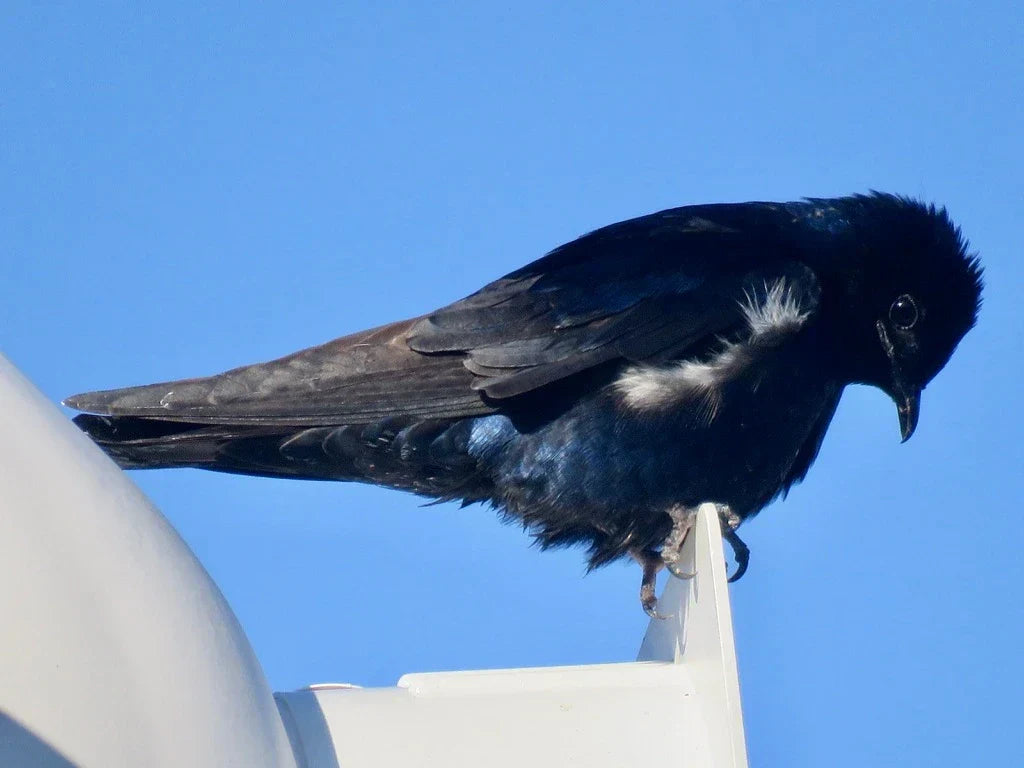By Matthew Young
Matthew Young is co-author of the Stokes Guide to Finches of the United States and Canada in addition to being the Founder and Board President of the Finch Research Network. Matthew also worked at the Cornell Lab of Ornithology across 15 years where he worked on Golden-winged Warblers, Voices of Hawaii’s Birds, Merlin Bird ID, and was Project Lead on Lab’s first Irruptive Finch Survey in 1999. Widely known as a preeminent authority on finches of North America, Matthew has written finch species accounts for breeding bird atlases, Birds of the World accounts, and published several papers on finches and the Red Crossbill vocal complex. Full Bio →
Bluebirds are some of the most beautiful birds in North America, and back in the 1970s bluebirds were in fast decline. The Bluebird Society formed in 1978 and started the nest box program, and they have since rebounded considerably.
Several songbird species utilize nest boxes, including wrens, bluebirds, chickadees, titmice, and nuthatches. Other species that may use nest boxes also include some swallow and flycatcher species.
Species that use nestboxes with some level of regularity
Wrens: House Wren, Carolina Wren, and Bewick’s Wren
House Wren, Photo Credit Matt Young
Bluebirds: Eastern Bluebird, Western Bluebird and Mountain Bluebird
Mountain Bluebird, Photo Credit Matt Young
Chickadees: Black-capped Chickadee, Carolina Chickadee and Boreal Chickadee
Black-capped Chickadee, Photo Credit Matt Young
Titmice: Tufted Titmouse, Oak Titmouse and Bridled Titmouse. It should be noted that Chickadees and Titmice are in the same Paridae family.
Tufted Titmouse, Photo Credit Matt Young
Nuthatch: Brown-headed Nuthatch, Pygmy Nuthatch, Red-breasted Nuthatch and White-breasted Nuthatch
Red-breasted Nuthatch, Photo Credit Matt Young
Swallows: Tree Swallow and Voilet-green Swallow. Purple Martin also use nestbox/nesthole colony structures
Tree Swallow, Photo Credit Matt Young
Purple Martin Colony, Photo Credit Matt Young






